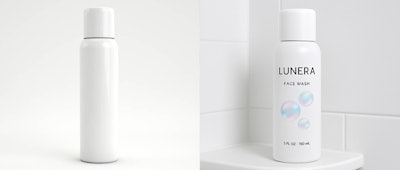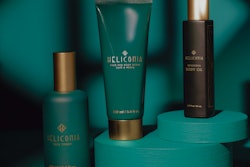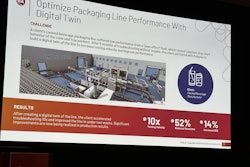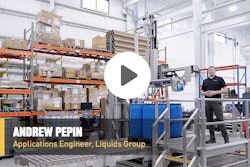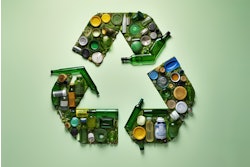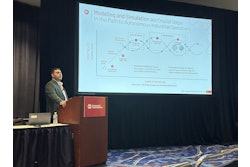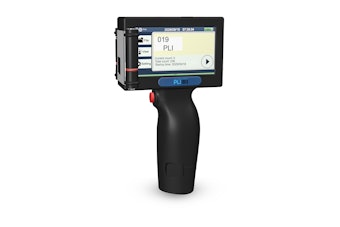The world of new package and product development has changed dramatically over the past 20 to 30 years. When I began my career three decades ago, the only way to obtain “real-world” purchase data for a new product or package concept was to run a full-fledged test market. This process was expensive, slow, and resource intensive. It typically required producing thousands—sometimes hundreds of thousands—of units, securing placement on retail shelves, and then monitoring consumer behavior over several months. A successful test market also demanded costly marketing components such as TV advertising, printed materials, in-store displays, and even live product demonstrations. Simply put, testing a new idea meant making a major financial commitment long before anyone knew whether the product would resonate with consumers.
Today, the landscape is unrecognizable compared with those early days. E-commerce, social media, and AI tools have transformed not only the way consumers discover and purchase products, but also the way brands can explore ideas, refine concepts, and build confidence before entering full production. These technologies dramatically reduce the cost of testing while allowing teams to gather meaningful data within days instead of months. As a result, by the time a new product or package reaches full-scale launch, the company is operating with far more insight—and far more confidence—than was ever possible in the past.
Through my work with Fortune 100 companies as well as small, ambitious startups, I’ve had the opportunity to see how transformative these new tools can be. They level the playing field in a way that would have been unimaginable 20 years ago. In this column, I’ll explore a practical example and discuss several creative ways these emerging capabilities can guide modern product and package development.
A practical, modern example
Let’s imagine I want to create a new face wash brand. Years ago, I would have needed to design a package, hire an agency to create artwork, manufacture at least a small batch of product, and arrange retail distribution just to get consumer feedback. Today, the process looks very different.
I begin by finding a simple stock package photo—like the white, round squeeze bottle shown in the image (shown to the left, at the top of the page). I upload this into ChatGPT and ask it to generate artwork concepts based on a brand story I’ve defined. After a few iterations, I have a realistic looking, fully branded package. I then ask the AI to place the package “in context,” such as sitting on the ledge of a shower or next to a bathroom sink. What once required graphic designers, photographers, and studio time can now be prototyped in minutes (shown to the right, at the top of the page).
So how do I take this virtual prototype and learn something meaningful about selling a product that does not yet exist?
I can build a simple e-commerce landing page containing a brand description, product benefits, pricing information, and multiple realistic visual assets. A “Buy Now” button completes the illusion of a fully launched product. When a visitor clicks to purchase, they are taken to a page stating the item is currently out of stock and given the option to be notified when it becomes available.
By tracking both the number of visitors and the number of purchase attempts, I can calculate conversion rates, test messaging effectiveness, and estimate potential demand. This type of insight once required expensive mass production runs and months of field data. Now it can be gathered over a single weekend
Rapid, low-cost iteration
One of the biggest advantages of virtual testing is the ability to iterate quickly. Pricing, artwork, product descriptions, and even the “shape” of the package can be modified rapidly to explore their impact. Social media platforms make it possible to show ads to highly targeted audiences at a fraction of the cost of traditional advertising. These ads can drive consumers directly to the testing website, and analytics tools can reveal which groups respond most favorably.
For example, if most of my traffic comes from young, single women, but the clicks on the “Buy Now” button are coming from a different demographic entirely, that tells me something important about how the message is being received. I can also learn whether my story is attracting affluent shoppers, budget-conscious consumers, or a mix of both. These insights help shape not only product design but long-term brand strategy.
When I think back to my early years at Procter & Gamble in the late 1990s, I’m struck by the contrast. The company was committed to launching new products, and from that environment came household names such as Febreze, ThermaCare, and Press’n Seal. But many other promising ideas didn’t make it beyond the test-market stage. If we had access to today’s rapid-testing capabilities, we could have saved enormous amounts of time, money, and effort—while learning even more about consumer behavior.
When you already have a physical prototype
Not all companies start with a blank slate. Many already have a prototype product in hand and are looking for ways to refine positioning or price before scaling up. Last year, I worked with a new skincare company that had fully developed formulas, polished artwork, and high-quality packaging. Their challenge was not product creation—it was understanding demand.
Their initial sales channel was Amazon, and together we decided to treat the launch as a controlled experiment. In the e-commerce environment, it’s easy to adjust price, refine copy, test new photography, or reposition the brand within weeks, or even days. We asked questions such as: What happens to sales if we double the price? Do they fall by half, or by more? What if we cut the price in half? Does volume grow enough to offset the margin loss? Which product images drive the most clicks? Which bullet points resonate most strongly with shoppers?
By treating the launch as a learning opportunity rather than a final verdict, the brand quickly gained clarity on how real customers behaved. The brand then made smarter decisions as a result.
The new landscape
The tools available today to product developers, package designers, and brand owners are genuinely game-changing. They enable rapid experimentation, informed decision-making, and highly targeted marketing at a scale that was once possible only for the world’s largest companies. Small brands now have the ability to compete with industry giants by using creativity, agility, and data-informed insight.
Those who embrace these modern testing capabilities will develop smarter products, reduce risk, and move forward with far greater confidence. And in the coming years, I believe the brands that leverage e-commerce experimentation, social platforms, and AI-driven design most effectively will be the ones that emerge as tomorrow’s success stories.
